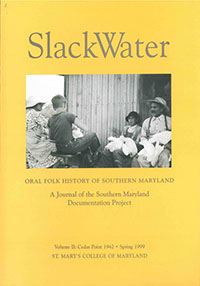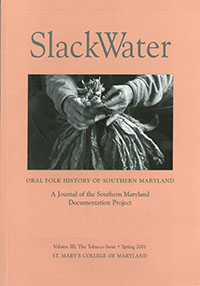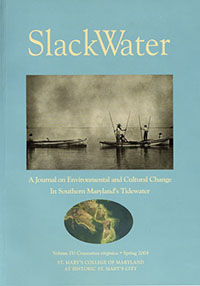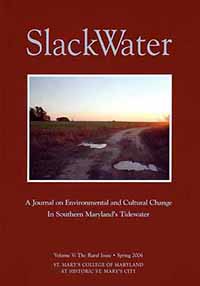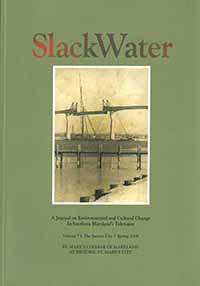Volume IV:
Crassostrea Virginica
Volume IV explores the history and plight of the Chesapeake Bay oyster through archaeology, biology, art, scientific illustration, and oral history. Though once prolific--colonial captains recorded in ship diaries their difficulty navigating the oyster bed laden estuary--the oyster population is now 0.3% of historic levels recorded in the 1880s. Due to a lethal blend of habitat loss, pollution, overfishing, and disease, the decline of the Crassostrea virginica affected the local economy and ecological balance. In this issue, watermen share their life and times on some of the regions most profitable oyster beds, while scientists share their thoughts on the oyster's future.
INTRODUCTION
"The abundance of oysters is incredible" by Henry Miller
PART I: CRASSOSTREA VIRGINICA
Why Oysters Matter, by Jennifer Abdella
What's in a Name? The Yates Survey, by Jennifer Abdella
Oyster Aquaculture: Maryland's Future?, told by Richard Pelz
Dry-Lander, by Jeffrey Hammond
PART II: LOCAL KNOWLEDGE: "AN ART TO IT"
"An Art to It": Tonging, Dredging, Diving, told by J. Russell, et al.
Grubbing up the Fleet, told by Shirley Brannock
On Sculling, told by Erskine Thompson
Wynne, by Anne Grulich
An Oyster Shucker's Story, told by Ola Mae Carter
The Banagan Collection, photographs by David Emerick
From Galveston to Avenue, by Anna Leong
Circumstantial Evidence, by Anne Grulich
PART III: REMEMBERING THE MOSQUITO FLEET
The Wild, Wild West, told by Earl Brannock
"Those Guys Were Sharp," told by John Mattingly
In the River, told by Clem Cheseldine
River Gold, told by Roy Thompson
"It's Our River," told by Walter Dorsey
The Last Watermen, told by Viki Volk
EPILOGUE
An Ever-tightening Circle, told by Jack Russell


